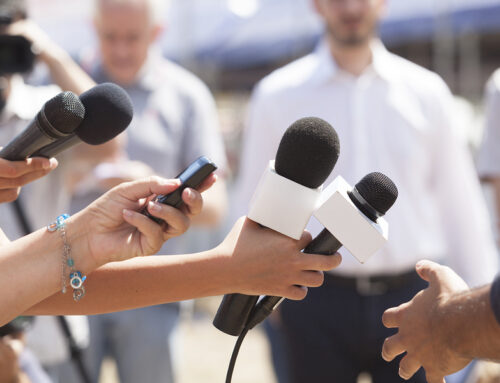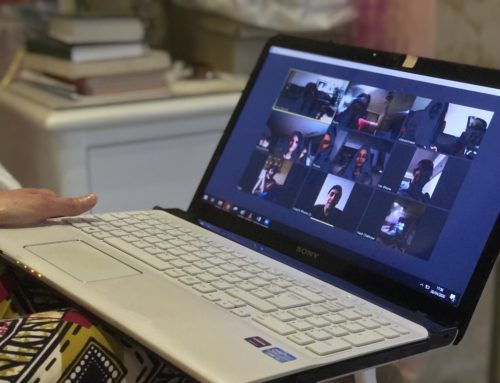 As part of our Six-Month Mentoring Program, we have a monthly group call where participants can ask questions or share what’s working for them. During our August group call, Esther Fraser of Rising Tide Capital shared how her organization was able to take an under-performing program and generate media coverage out of it. After Esther shared her story, others on the call joined in with their suggestions on getting media attention as well. It was all too good not to pass along to you!
As part of our Six-Month Mentoring Program, we have a monthly group call where participants can ask questions or share what’s working for them. During our August group call, Esther Fraser of Rising Tide Capital shared how her organization was able to take an under-performing program and generate media coverage out of it. After Esther shared her story, others on the call joined in with their suggestions on getting media attention as well. It was all too good not to pass along to you!
It all began when Jay Savulich, Managing Director of Programs at Rising Tide Capital (and also a small business owner himself) was asked by the New York Federal Reserve to participate in a panel about how small businesses could recover from Hurricane Sandy through special funding. It seemed like a great opportunity for the hard hit area, but hardly anyone was there.
Knowing that small businesses could benefit from these special loans, Jay wrote a blog post about his experience as a small business owner dealing with the aftermath of the hurricane.
They sent the blog post to three reporters, including one who had not replied to any previous attempts – the small business reporter at a bigger paper. They received a reply immediately from their local paper, and they also eventually heard from the small business reporter they had been trying to get through to previously.
Why did the pitch work this time?
They learned that this particular reporter liked to focus on the Small Business Administration, related legislation, and reports. This particular blog post framed Jay as a credible business expert that offered useful advice about what small businesses affected by Sandy could do to help themselves.
They now understood what this reporter wanted, so they could make a better pitch in the future.
Esther said knowing what the reporter actually covers, and getting a sense for what might actually pique their interest is one of the most important first steps in establishing a relationship with the media. She also suggests looking at news trends (even what’s trending on Twitter) to see if there is some aspect that you can realistically use to pitch a story or perspective from your organization, clients, or staff “experts.”
Heidi Johnson of Big Brothers Big Sisters of Greater Columbia recommended developing a friendship first. Don’t start off by asking for something. If a reporter calls and asks for something, drop what you are doing and help them even if it doesn’t benefit your organization at that time. Having a relationship first will also help the conversation be more natural when they do, in fact, interview you. You will just be having a conversation with a friend, not a reporter.
Heidi also says if you are in an area that has a competitive media market, take advantage of that. Big Brothers Big Sisters will engage the various local media outlets in their major fundraising events of the year (e.g. several have teams for Bowl for Kids Sake) and fosters that competition – the media outlets end up trash talking each other about the event on Twitter and Facebook generating buzz for the event.
Carol Goglia of Communities Foundation of Texas warns that it takes patience to build these relationships. Her organization once worked with a reporter for six months before seeing a piece published on the organization.
Carol also invites members of media to moderate their education panels and invites them to their year-end event as a guest – not to cover the event – but just as a gesture of gratitude.
Other Tips and Advice:
- Ask a reporter to lunch or coffee. Don’t pitch anything – just introduce yourself.
- Blogging is important to get your position out there. Reporters are looking for opinions. They want you to say something they can quote – not something they could have just stated as a fact before talking to you.
- Get your leaders (ED or board member) to add a personal touch to invitations.
- Share articles on Twitter. Their page views are important to them. Ad revenue is online now for papers. Page views are currency to them.
Finally, remember, reporters are people too (and usually really over-worked ones at that). They do need help, and they want to know who they can go to quickly. Let them know how you can be helpful to them.
What media relations tips can you add?






